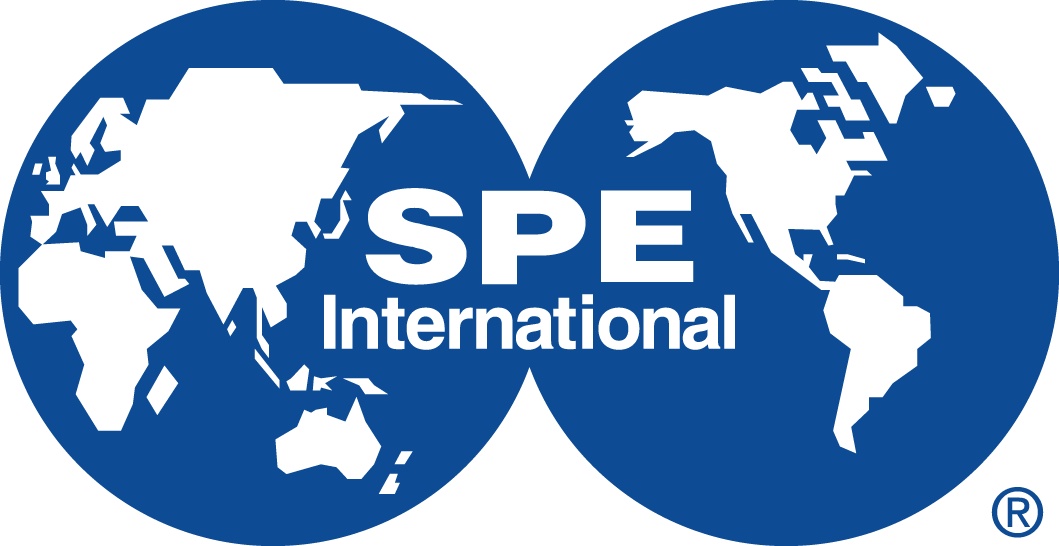During its more than 30 years of providing answers in the oil and gas industry, fibre-optic sensing has given users downhole flow information for production allocation and injection conformance, provided time-lapse seismic measurements to understand reservoir saturation and geomechanical changes, and protected downhole mechanics and the environment with critical well integrity information. These FO sensing systems have provided the value on which their installation was justified, and frequently provided value in additional and often unexpected ways. Much of the evolving technology has transitioned to support low-carbon energy development.
This evolution of these optical sensing system (fibres, cables, sensors, deployment methods, data processing, and interpretation technologies) has yielded astoundingly better and novel quantitative well and reservoir monitoring results. These improvements have returned significant value for early project stages as well as throughout the asset lifetime. This workshop will address fibre-optic monitoring technologies used to optimise reservoir and field development and operations with focus on field case studies highlighting the value delivered in various areas including
• CCUS and green/renewable energy applications
• Subsea and other offshore well and reservoir monitoring
• Well integrity
• Downhole flow quantification
• Seismic applications
This workshop will be of interest to multiple disciplines including reservoir engineering, production engineering, well engineering, geology, and geophysics. Multiple networking opportunities are included in the schedule.



